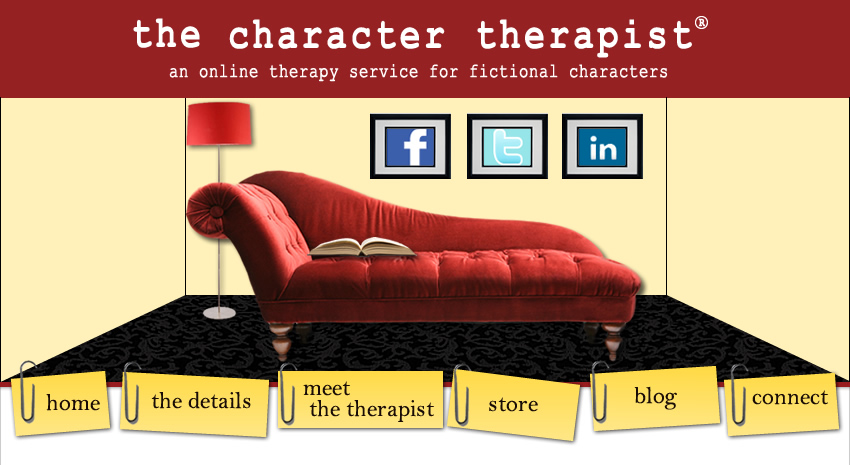Without further ado:
Behavioral Exchange Technique
 Credited to: Dr. Gary Chapman, The Five Love Languages
Credited to: Dr. Gary Chapman, The Five Love Languages For use with: Couples, usually toward the beginning of therapy after it has been established that both the man and the woman want to work on their issues and stay together.
What you will need:
2 index cards
2 pens
What you do:
Give each person an index card and pen. Ask them to write three behaviors that they wish their spouse/significant other did differently (either more of less) that would make them feel more loved/more secure/more appreciated. Explain that the behaviors need to be specific.
For example, "I wish he helped out more around the house" isn't specific enough. Instead, "I wish he would wash the laundry at least every other week and take turns unloading the dishwasher."
"I wish she were more supportive of what I want" would need to be replaced with what exactly would make the man feel more supported. For example, "I wish she wouldn't roll her eyes when I talk about my dream to eventually own a sailboat" or "I wish she would let me unwind from work for about 15 minutes before starting in on what needs to be done with the baby or around the house."
Then have the couple face each other in what therapists call a kneecap session (where knees are close, if not touching), and take turns telling their top three things they wished the other did differently. The therapist mediates, of course, by helping the couple understand what the other is saying by using communication skills such as clarification and summarizing.
End by having them exchange the index cards. Tell them to pick one behavior from the list to work on through the week, but not to tell their partner which one. I like to tell them to go overboard with it, making the behavior they are working on fixing very obvious to their spouse. The following week, I check in with the partner first and ask them what they thought their spouse was working on. Then I ask how it made them feel to see that effort (or lack thereof) and go from there, usually ending on a positive note.
Purpose:
This exercise gives the couple a concrete, proactive way to focus on a specific behavior that causes problems for their mate. What greater way to show commitment to the relationship than to agree to therapeutic homework assignment to do tangible work on one of the three target areas identified by their partner as a problem? And since it was an exchange, it's not one-sided. This technique begins to identify the love languages of each, which comes in handy later.
Happy writing!









4 comments:
Great technique and great book. I swear that book changed our marriage at the perfect time.
Sidenote: It made having Gary's foreword the last book I was published in all the more meaningful.
~ Wendy
This is helpful in so many ways to me right now. Thanks for sharing.
I read the 5 Love Language of Children and it really opened my eyes to the subtle ways my adopted daughter was showing me her love. Used to open affection, her little notes and helpful ways were lost on me until I read that book. It was such a blessing to both of us.
Edge of Your Seat Romance
Now I need to find that book. Sounds like a good one.
Also, thanks Jeannie for letting us take a peek inside the office!
Post a Comment
Both comments and questions are welcome. I hope you enjoyed your time on the couch today.